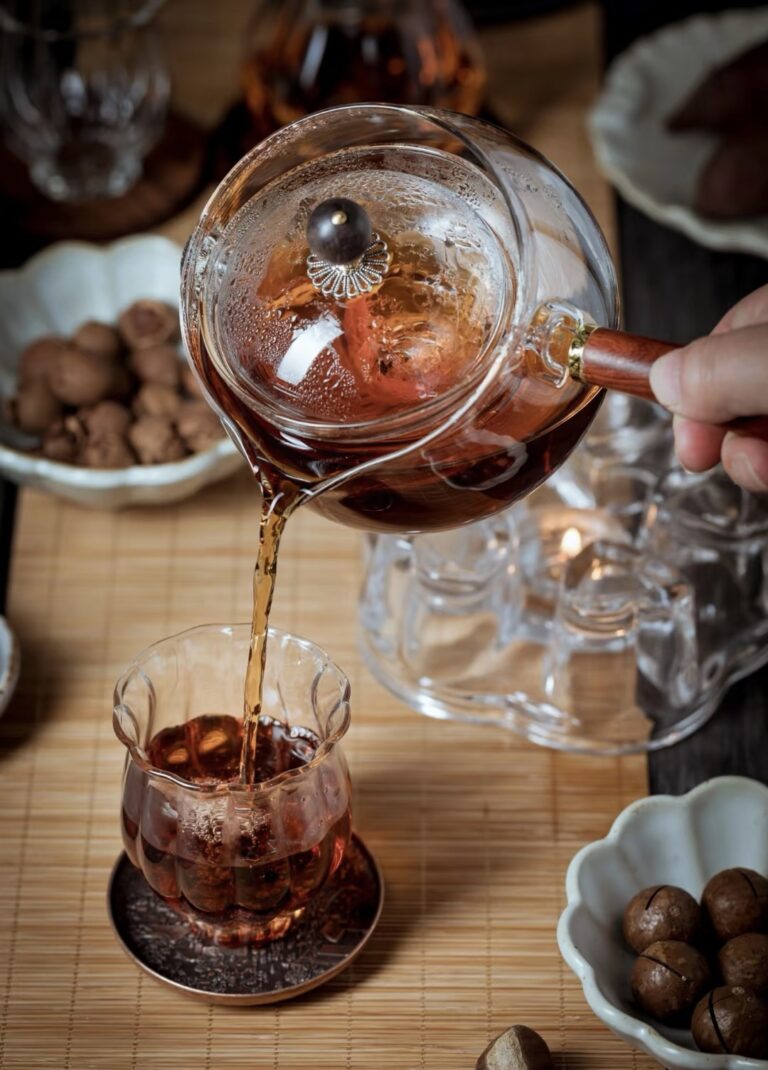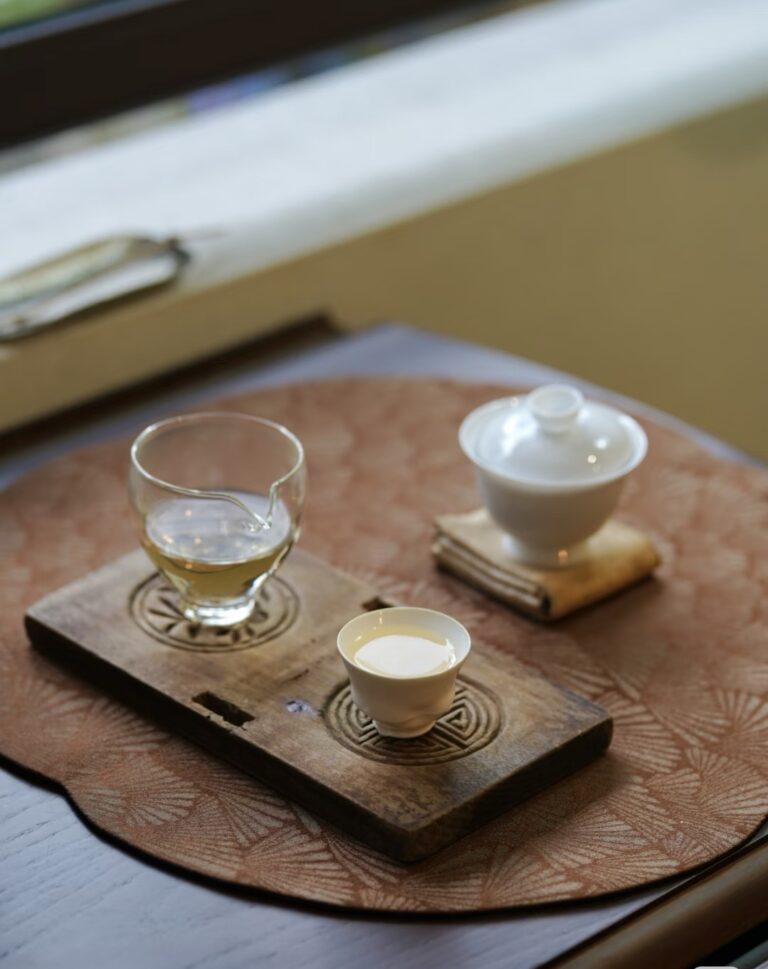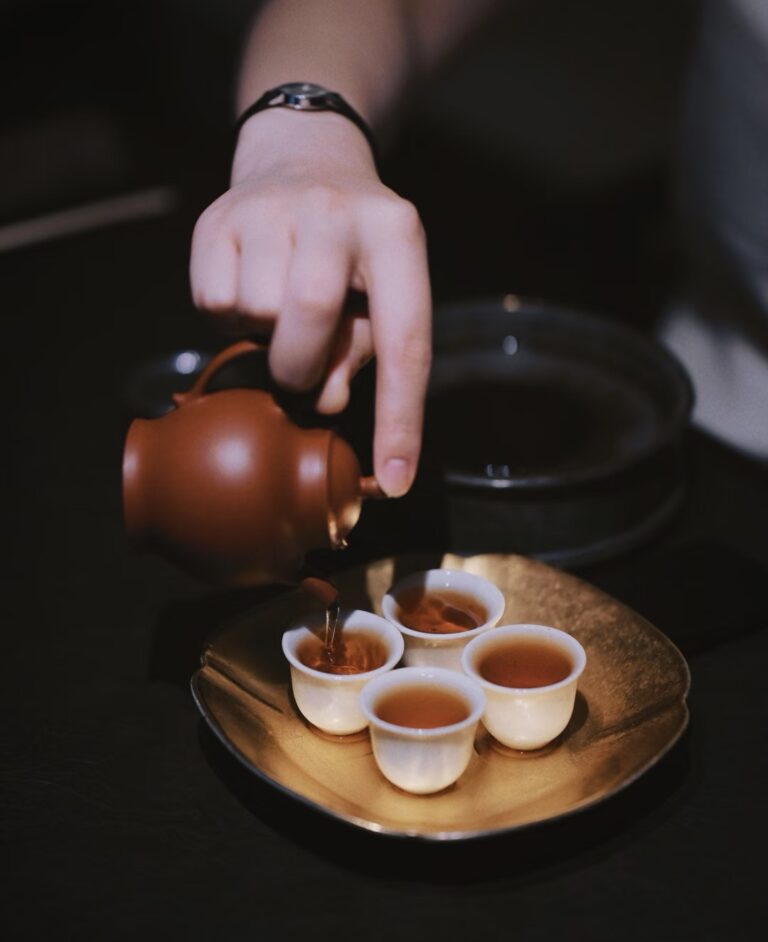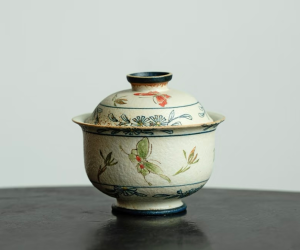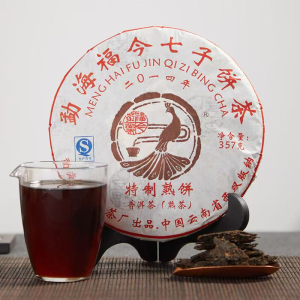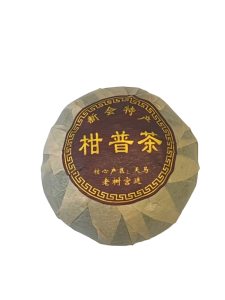Yixing teapots, known as zisha teapots, are treasured by tea drinkers worldwide for their unique clay, craftsmanship, and ability to enhance the taste of tea over time. With hundreds of shapes available, choosing the right teapot can feel overwhelming. Through years of daily tea practice and conversations with fellow enthusiasts, I’ve discovered that some teapot shapes stand out for their practicality, usability, and brewing experience.
This guide ranks the most practical Yixing teapot shapes and explains why they remain favorites among tea lovers.
Why Shape Matters in a Yixing Teapot
The shape of a Yixing teapot isn’t only about aesthetics. It affects:
- Pouring control – whether the stream is steady or prone to dripping.
- Leaf expansion – how well tea leaves unfold inside.
- Ease of cleaning – wider mouths are more convenient for daily use.
- Tea pairing – certain shapes complement specific teas, like oolong or pu erh.
Top 5 Practical Yixing Teapot Shapes
1. Shi Piao (Stone Ladle) ★★★★★
The Shi Piao teapot is iconic for its geometric form and balanced proportions. With a wide base and sharp lines, it feels modern yet timeless. Its spout delivers a strong, steady stream, making it convenient for daily brewing. The only minor drawback is its relatively narrow opening, which can make leaf placement slightly tricky.
Best for: Pu erh and aged oolong teas.
2. Pear-Shaped Series (Si Ting, Jun De) ★★★★★
Pear-shaped teapots are classics in Yixing’s history. Their curved bodies and three-bend spouts create powerful water flow, ideal for precise pouring. Because the filter sits low near the base, the pour is strong, though it may clog when brewing teas with very large leaves.
Best for: Green tea, floral oolong, everyday brewing.
3. Shui Ping (Flat Teapot) ★★★★★
The Shui Ping is a hallmark of southern-style teapots, designed by Fujian tea drinkers in the early Qing dynasty. With its flat body and balanced lid, it feels elegant and highly functional. Its simplicity makes it versatile and well-suited to different tea types.
Best for: Wuyi rock tea, roasted oolong.
4. Duo Zhi, Fang Gu, and Related Forms ★★★★☆

These shapes, popularized in the late Qing period, are refined yet practical. The Fang Gu (drum-shaped) teapot, for instance, emphasizes symmetry and balance. Their middle-ground proportions make them reliable “all-rounder” teapots, though they don’t excel in any single aspect.
Best for: Everyday mixed use across multiple tea categories.
5. Xi Shi, Wen Dan, and Dragon Egg ★★★★☆
The Xi Shi teapot is perhaps the most recognizable, with soft curves and simplicity. It’s widely produced, which sometimes makes it feel “too commercial.” Functionally, its shorter spout and higher filter limit water pressure, so it pours less powerfully than pear or Shi Piao shapes. Still, it’s user-friendly and a good entry point for beginners.
Best for: Beginners, lighter teas like green tea.
How to Match Teapot Shape with Tea
- Pu Erh & Aged Oolong → Shi Piao, Duo Zhi
- Wuyi Rock Tea → Shui Ping
- Green & Floral Oolong → Pear-Shaped, Xi Shi
- General Daily Use → Fang Gu, moderate-size shapes
By understanding these pairings, you’ll find brewing more consistent and enjoyable.
Further Reading
If you’d like a broader introduction to Yixing craftsmanship and history, I recommend this article:
👉 Discovering the Charm of Yixing Zisha Teapots
FAQ
The Xi Shi shape is user-friendly and versatile, making it a great starting point.
Each shape is designed for aesthetic value, functional use, and specific tea-brewing needs.
While possible, it’s best to dedicate each teapot to a specific tea type to preserve flavor purity.
The Shi Piao and pear-shaped designs offer excellent pouring control.

